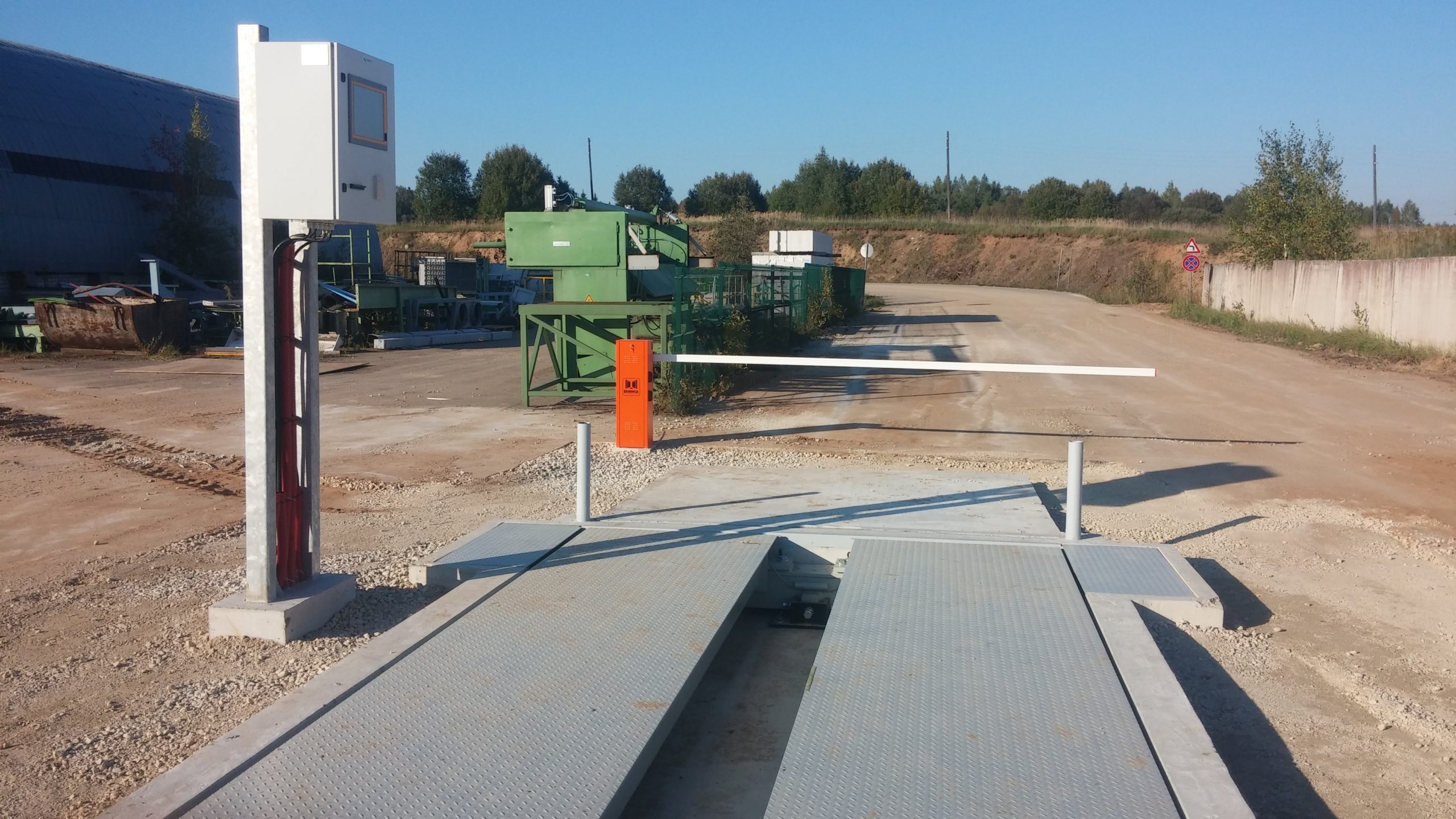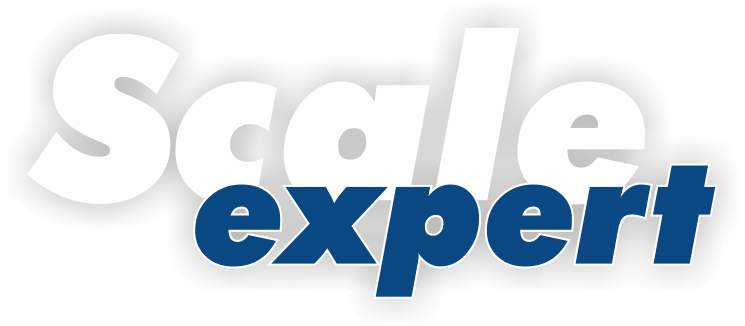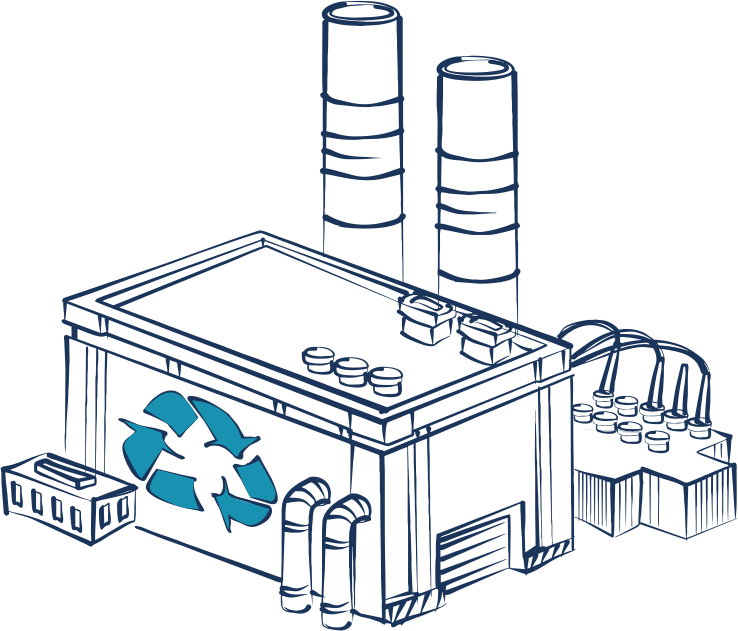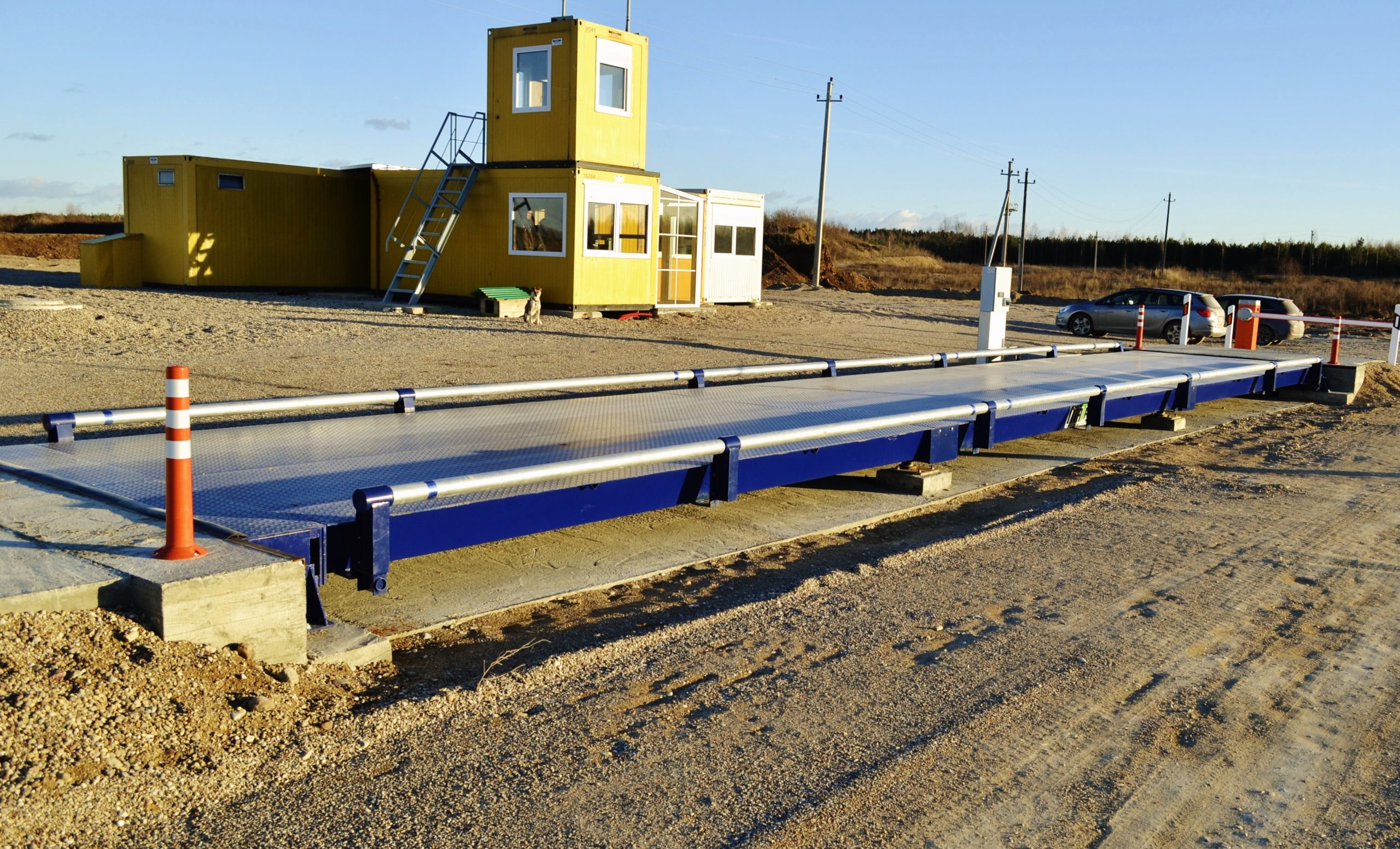
Quarries, Concrete and Cement plants
Quarries often work with other companies, such as concrete and cement plants, which order their production. To manage the ordering process in one place, on-site Scale Expert programs are used to to carry out the weighing process at the local weighing points and the online Scale Expert Cloud system is used as the main data center.

Arriving vehicle’s registration plate can be registered by client/contractor? in advance online in order to speed up the production or material acquiring process. When the vehicle arrives, the driver types in his vehicle’s registration plate in the driver terminal and the system uses registration data to fill-in weighing data, print loading sheet and assist the driver.
In such cases, where the driver does not have the advance registration, the system can be configured to request all the required information (name, registration plate, company, product e.t.c.) to be entered manually via the driver terminal.
The quarry loaders are equipped with tablet PCs which communicate to the weighing system via GSM Internet and show the incoming vehicle’s registration number and cargo type that has to be loaded.
If there is no weighbridge in the quarry or it is not cost-effective, the loader can be equipped with onboard scales. The loader driver can receive orders from Scale Expert Cloud directly to the tablet PC. All weighing results are synchronized online and can be used to generate reports, analyze and export to accounting systems. Clients/contractors? can also view their order execution status and fixed weights.







